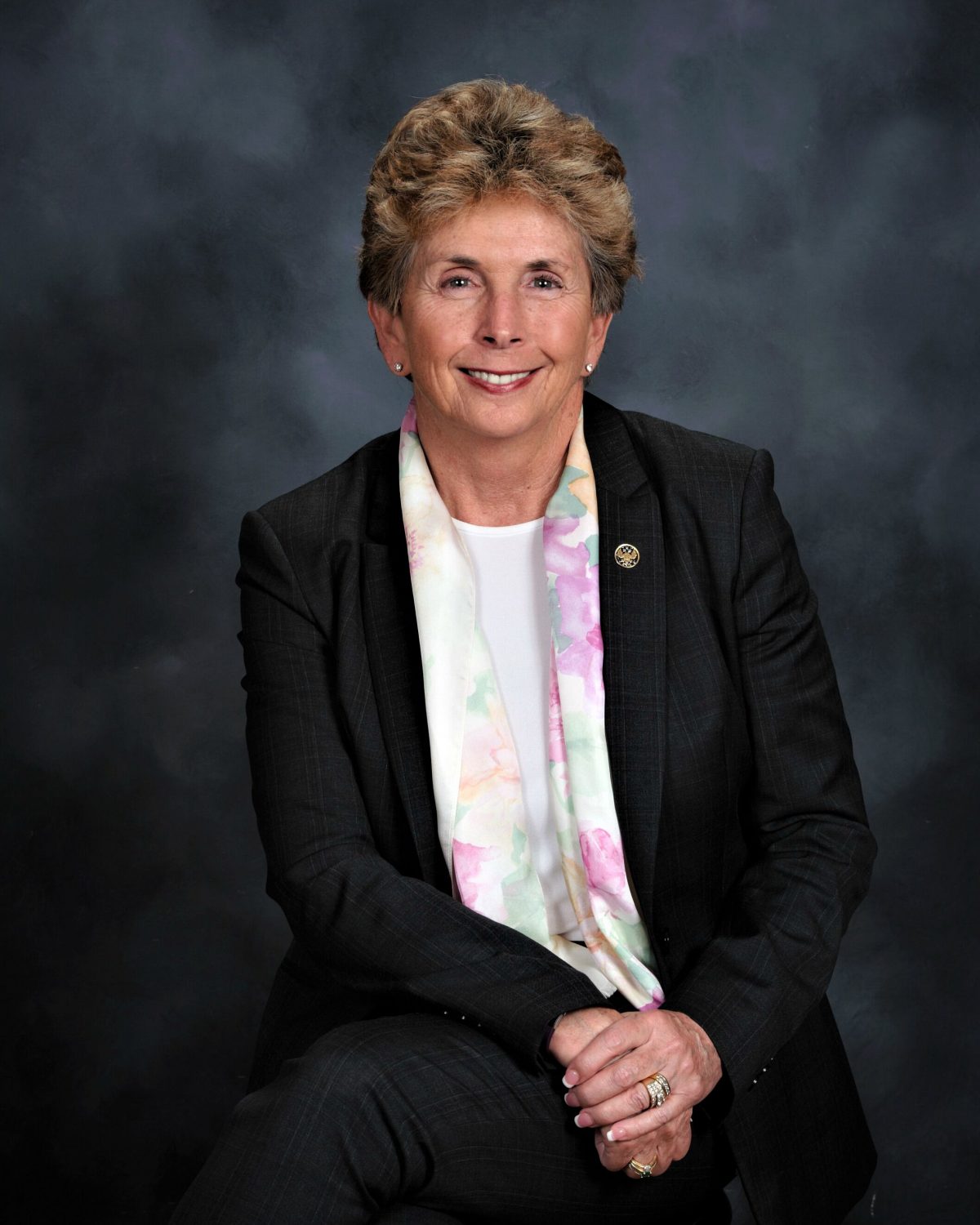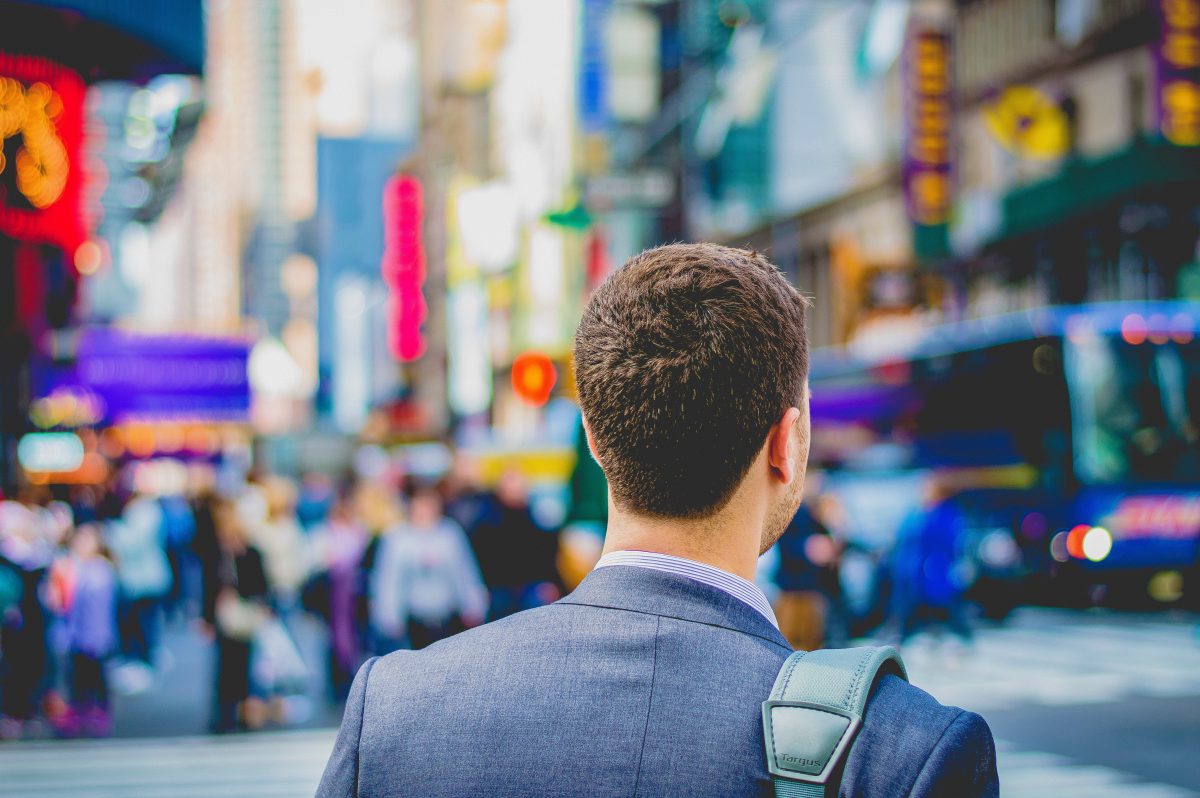Please join Upflex Co-Founder and CPO, Ginger Dhaliwal in conversation with Dr. Kathleen Kiernan, CEO and founder of Kiernan Group Holdings.
As individuals and companies continue to choose coworking spaces over long-term leasing, space operators are increasingly working with their clients to provide the best alignment of experiences and services. Safety education that is accessible, straightforward and easy to implement contributes to a higher level of those services.

Dr. Kathleen Kiernan
Kiernan Group Holdings is a risk management firm that works nationally and internationally to empower individuals and enterprise-clients through education about workplace safety and security, and protection of human capital, the cornerstone of any business. Companies lose an estimated $130 billion a year due to workplace violence in the form of missed workdays, lost wages, medical bills and legal fees, in addition to intangible costs such as low morale, decreased productivity, brand damage and negative publicity.
“We help prepare people for times when an ordinary day becomes extraordinary,” Kathleen says about the services her company provides.
Keep reading for Kathleen’s thoughts on the importance of safety in coworking spaces and how teaching safety is similar to planting a tree, it is all about resiliency.
Dhaliwal: Tell me a little about your company, its mission, and values.
KGH is a woman-owned small business, started in 2009, that I like to say is “making a world of difference in the world.” We educate our clients on how to develop a preparedness mindset with a commonsense approach to safety and security, empowering individuals with the confidence to know what to do and how to do it when disruption occurs, whether it is due to extreme weather, or as a result of deliberate violence in the workplace.
I have over 40 years of experience in law enforcement, and in the security and intelligence communities. I had the privilege of working in Federal Law Enforcement for three decades which brought an incredible variety of assignments and invaluable earned experience. I am often asked which was the favorite, and my reply is always the same, “all of them” including the last, with service as the Assistant Director for the Office of Strategic Intelligence and Information for the Bureau of Alcohol, Tobacco, Firearms and Explosives (ATF). When I finished my law enforcement career, my transition into the private sector was really seamless. Success in both endeavors requires collaboration and a shared sense of integrity, reliability, and mutual respect. We have built a company based on those values, and filled it with experienced practitioners and partners who live them.
A core part of our mission is to provide preparedness education which includes a whole of community approach, applicable to where we work, where we learn, where we serve, where we heal, where we worship, and even where we play, all in consonance with national standards and guidance. The shared awareness enables individuals to replace confusion with clarity, and act without hesitation should an ordinary day turn extraordinary.

Dhaliwal: Walk me through your typical clients and the types of services you offer them.
KGH works in both the public and private sectors ranging from high schools to universities and from small businesses to Fortune 500 companies, conducting active threat readiness and workplace violence prevention, education, and training.
We provide our clients with a range of services, tailored to their requirements. What that means is organizational preparedness fuels prevention, and prevention begins with sound policies and procedures that are compliant, current, and practiced.
This begins with an inclusive preparedness review involving the active participation and perspective of all of the stakeholders, not single departments. The collaborative approach includes leadership of course but also security, HR, legal, technical, financial and information security specialists. We incorporate real-life scenarios in order to realistically practice, evaluate understanding, exercise existing plans and policies, and only then, tailor education and training to the organization and to the people who support it.
We deliver both in-person training, and e-learning courses for dispersed and deployed workforces, simplifying access to knowledge for the employee wherever they are, and compliance for the organization.
Dhaliwal: With the movement of people from traditional offices to coworking spaces, what are some of the risks and benefits that companies, space operators and individuals need to be aware of?
The movement away from traditional office space is exciting. Let’s talk about the benefits first. All of a sudden, there are a lot more choices related to location, work hours, child-care, fitness, transportation, dining options, and entertainment. There’s an inherent return on investment from providing these choices, which results in happier and more engaged, productive employees. Most frequently, the perception of risk is the unfamiliarity with new locations, and new routines, a common human condition! This is easily balanced by providing familiar, consistent access to excellent services and information, including safety and preparedness resources on demand. The idea of traveling globally, while always feeling comfortable locally is the key, and synergistic with both the Upflex vision and our own.
Dhaliwal: What types of situations do you train individuals and organizations to be ready for?
Certainly, our highest demand has been for active threat and active shooter preparedness and response training and education. The amount of media focused on those events has driven that demand. However, our training is applicable to a variety of emergency situations. The type of situations that may be encountered can range from ordinary to extraordinary. Our main goal is to always create a preparedness-mindset among our clients, wherever they may be. The collateral benefit of course is that the knowledge transcends the workspace and is shared with families and friends.
Dhaliwal: What are some best practices that coworking operators should think about when building and operating their spaces?
We always suggest starting with those choices that are going to be most important to the clients who will inhabit those spaces. I think we identified all the priority type choices earlier about access to family care services, convenience type choices for access to transportation, dry-cleaning, pet care, a variety of food, fitness, and fun. Co-working operators should always consider the choices that they need to make related to best practices for safety and preparedness services.
These include posting: floor plans; emergency exit signs; emergency phone numbers; locations of emergency medical supplies (first aid kits, Stop the Bleed kits, etc.); labels on all office areas so that visitors and employees can easily confirm their locations and communicate to first responders. We also advocate the creation of an Emergency Action Plan, which provides guidance in greater detail on how to respond to a threat or concern. An absolute best practice is providing maps or guides that show locations of the closest medical centers and safe reunification points in the event of any emergency that requires evacuation of the site. Incorporating these best practices increases the confidence of the people occupying the locations.
Dhaliwal: What are some best practices that companies should consider when giving their employees the option to work from anywhere?
First and foremost, companies should choose locations which optimize business requirements and prioritize the safety and security of their personnel including any employee with an access and functional need. Each location should have undergone a risk-based assessment and have updated plans and policies. A best practice might include a mobile app which provides instant access to current information and a means to call for help non-verbally.
Our approach to safety and preparedness is a holistic and inclusive. Much like Upflex continually improves communities and the environment by planting trees, we replace confusion with clarity by giving people the tools and knowledge they need to feel safe. Both approaches have similar outcomes in terms of resiliency and sustainability: one is environmental, and one is human. Aligning the two makes great sense.
Learn more at G.O.T Preparedness.
Main image credit: Proxyclick


